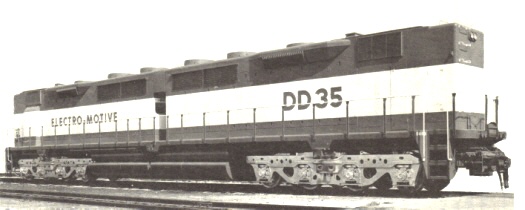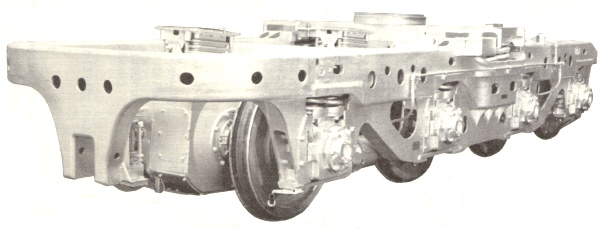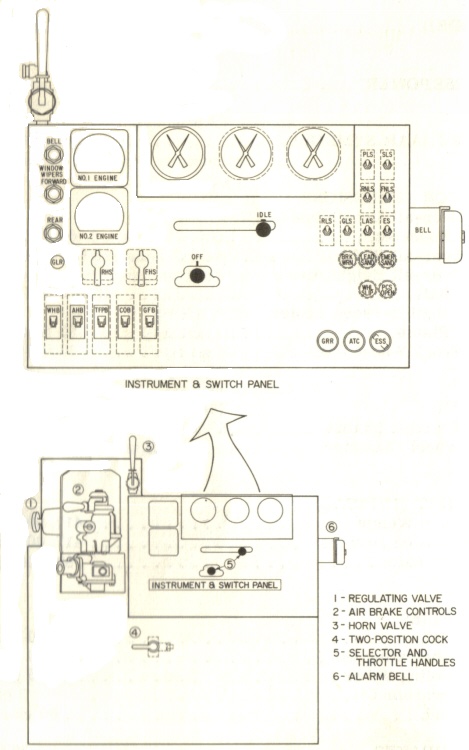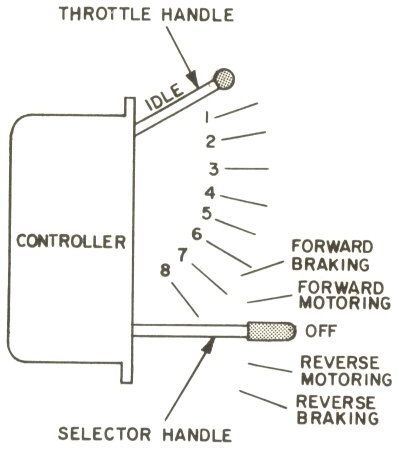
"Challangers" and 4-8-8-4 "Big Boys" to run long, heavy train loads over and through the mountains. The 4-6-6-4's were designed to produce at least 6000 HP and the 4-8-8-4's were designed to produce 7000 HP. In the late 1930's, Union Pacific and General Electric were working together on a steam turbine concept, but extensive testing of the new concept in motive power proved to be too difficult to maintain and was never palced in regular service.
Although no railroad would believe you if you told them in the 1930's that the Steam Era would end after the war, the locomotive builders kept creating new, competitive, and alternative technology. Already having experience with gas turbine engines, General Electric decided to work with the American Locomotive Company (ALCO) to develop a gas turbine electric locomotive (GTEL) in the late 1940's. By the mid-1950's, Union Pacific had all 25 4500 HP GTEL's they ordered and placed a third order for 30 big 8500 HP GTEL's. During the same period of receiving their third order of GTEL's(1960's), Union Pacific went into the development of a coal-burning gas turbine. Unfortunately, this turbine was overwhelmed with operating problems and didn't last two years in service.
As the 1960's rolled around, Union Pacific noticed that their gas turbine units needed to be replaced because the locomotives were heavily used. Having already experimented with mounting two diesel engines on the same chassis, the Union Pacific presented the concept of 5000 HP diesel electric locomotives with two engines on the same chassis to General Electric, EMD, and ALCO. GE was the first locomotive builder to respond with the U50. They used the proven technology of their U25-series locomotives and placed two 16-cylinder Model 7FDL-16 diesel engines on two U25 chassises, connected rear-end to rear-end (visualy, the radiators would be at the outer ends of the locomotive) with a new-styled cabs at one end. Also, the locomotive would ride on four sets of trucks with a B+B-B+B arrangement just like their previous GTEL's. All in all, Union Pacific had a total of 23 of these U50s while Southern Pacific received three.
EMD responded by introducing the DD35. Like GE, EMD used the technology of their GP35 locomotives and placed two 16-cylinder 567D3A diesel engines (on one huge new chassis), also connected rear-end to rear-end with bothof the cabs cut off. However, unlike GE which used trucks similar to their GTEL's, EMD designed huge four-axle D-type trucks to place under their DD35s (which can be seen below). A total of 30 locomotives were built, 27 of which were sent to the UP (including the 2 demonstrators) and 3 sent to the SP.


